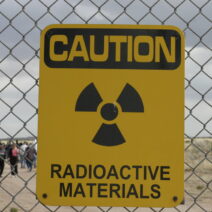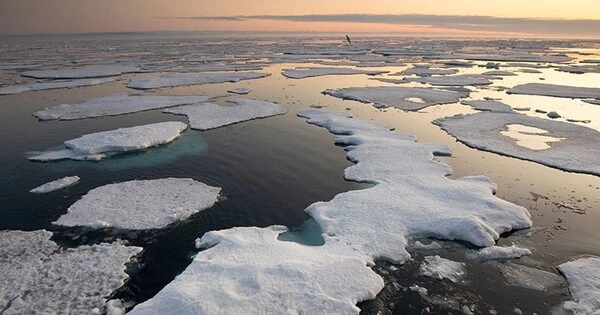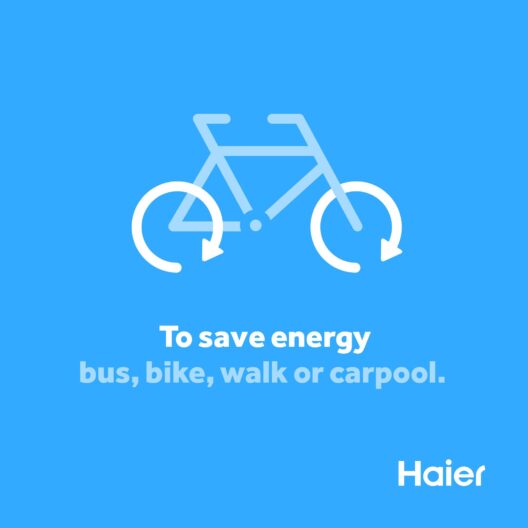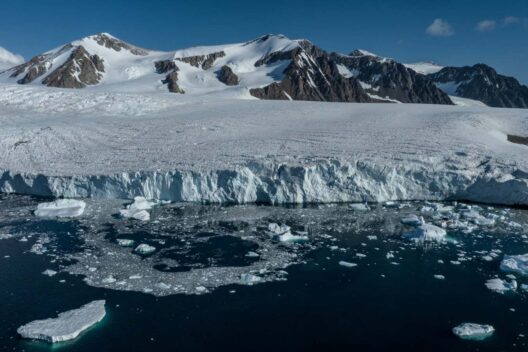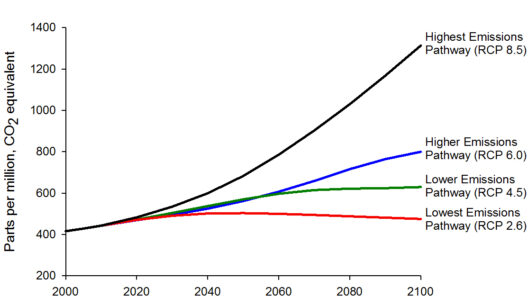As our planet confronts the harrowing specter of climate change, the role of ocean water vapor emerges as a potentially critical element in this complex equation. Ocean water vapor, a significant component of the Earth’s climate system, holds the capacity to influence weather patterns, regulate temperature, and even shift climatic paradigms. This article delves deep into the implications of ocean water vapor and whether it might indeed trigger a climate tipping point.
Understanding Ocean Water Vapor
Ocean water vapor is the gaseous state of water that evaporates from the ocean’s surface. A potent greenhouse gas, it can absorb and emit infrared radiation, contributing to the greenhouse effect. The evaporation of water from oceans is a natural process influenced by temperature, wind, and solar radiation. This vapor plays a vital role in the water cycle, affecting precipitation patterns and climatic conditions. When ocean temperatures rise, more water vapor is released into the atmosphere, triggering a chain reaction in the climate system.
The Greenhouse Effect and Feedback Loops
Water vapor is unique among greenhouse gases; it does not drive climate change on its own but rather amplifies it. As the planet warms due to emissions of carbon dioxide and other gases, the increase in ocean temperatures leads to higher evaporation rates. This additional water vapor enhances the greenhouse effect, generating a positive feedback loop. With more heat trapped in the atmosphere, temperatures can rise further, which increases evaporation rates even more.
Scientific studies indicate that this feedback mechanism can substantially impact climate stability. Higher ocean temperatures can evoke certain climatic alterations, such as intensified storms, droughts, and heatwaves. Such phenomena pose a profound risk to biodiversity, agriculture, and human livelihoods, underscoring the urgency of understanding and addressing these changes.
Climate Tipping Points Defined
To grasp the potential influence of ocean water vapor, one must first understand the concept of climate tipping points. Tipping points are critical thresholds at which a relatively small change in external conditions can cause a significant and often irreversible change in the state of the climate system. The melting of polar ice sheets, for example, is a well-documented climate tipping point. Similarly, changes in ocean currents can lead to dramatic shifts in temperature and weather patterns.
Merging with the role of water vapor, the concern is that the amplification of climate change effects could escalate to a point where the feedback loops become unmanageable. If ocean water vapor pushes the climate system past a tipping point, the repercussions could result in irreversible consequences that may alter life on Earth as we know it.
Connecting Ocean Temperatures and Atmospheric Feedback
The relationship between ocean temperatures and atmospheric feedback is not solely a scientific curiosity. It is a pressing reality that has real-world implications. Research indicates that as surface ocean temperatures climb, the potential for increased evaporation leads to clouds that can trap heat in the atmosphere. These clouds can reinforce the warming trend, compounding existing challenges posed by global warming.
Moreover, the oscillation in vapor concentrations could disrupt global climatic systems. Changes in one region can lead to cascading effects elsewhere, potentially triggering droughts in some areas while fostering torrential downpours in others. Such discrepancies can exacerbate existing stresses on food and water resources, raising alarm bells across social, economic, and political domains.
Regional Impacts: A Global Perspective
The potential for ocean water vapor to instigate a climate tipping point may manifest differently across the globe. For instance, areas reliant on predictable weather patterns for agriculture stand at the forefront of vulnerability. An increase in oceanic temperatures could disrupt monsoon cycles, leading to both excessive rainfall and prolonged droughts. These scenarios pose existential risks for food security and water availability, particularly in developing nations.
In contrast, coastal regions may experience heightened risks of sea-level rise due to thermal expansion linked to warming oceans. This phenomenon is compounded by the melting of glaciers, making vulnerable populations an unavoidable consequence of the increased vapor and associated behavioral shifts in the atmosphere.
Mitigation Strategies: A Collective Responsibility
Addressing the potential for ocean water vapor to trigger tipping points in the climate system necessitates urgent action. Mitigation strategies can include reduced greenhouse gas emissions, improved agricultural practices, and enhanced water management. Investments in renewable energy sources, such as solar and wind, can significantly decrease reliance on fossil fuels, which exacerbate the greenhouse effect.
Additionally, fostering public awareness and environmental education can galvanize community action. To ensure that collective efforts succeed, socioeconomic considerations must be integrated. By promoting sustainable practices across various sectors, societies can cultivate resilience and adapt to the inexorable changes confronting our planet.
The Path Forward: A Call to Action
As scientific evidence mounts regarding the role of ocean water vapor in climate change, the necessity for collective action becomes unequivocal. Policymakers, scientists, and citizens alike must engage in meaningful dialogues and implement evidence-based strategies to avert the impending threat of climate tipping points. The interconnection of oceanic and atmospheric systems underscores our endless ties to the earth’s natural rhythms. It is imperative to recognize that actions taken today will determine the legacy left for future generations. Together, we can strive to foster a sustainable future and avert the unfavorable consequences of climate destabilization.

